To all who have given life
to Central Market
its standholders, its customers,
its advocates throughout the region Acknowledgments In addition to recipes from Central Market's current standholders (and a few customers), this book contains several favorite recipes from earlier standholders. These recipes first appeared in one of two previously published collections, either The Central Market Cookbook or Recipes from Central Market (both published by Good Books). Copyright 2014 by Phyllis Pellman Good All rights reserved. No part of this book may be reproduced in any manner without the express written consent of the publisher, except in the case of brief excerpts in critical reviews or articles. All inquiries should be addressed to Good Books, 307 West 36th Street, 11th Floor, New York, NY 10018. Good Books books may be purchased in bulk at special discounts for sales promotion, corporate gifts, fund-raising, or educational purposes.
Special editions can also be created to specifications. For details, contact the Special Sales Department, Good Books, 307 West 36th Street, 11th Floor, New York, NY 10018 or info@skyhorsepublishing.com. Good Books in an imprint of Skyhorse Publishing, Inc., a Delaware corporation. Visit our website at www.goodbooks.com. 10 9 8 7 6 5 4 3 2 1 Library of Congress Cataloging-in-Publication Data is available on file. p. cm. cm.
Includes index. ISBN 978-1-56148-678-6 (softcover : alk. paper) 1. Cookery. I. Title. Title.
TX714.G65 2009
Table of Contents About This Cookbookand the Place from Which It Came Just off Penn Square in downtown Lancaster, Pennsylvania, stands the oldest, continually operating farmers market in the United States Central Market . The Market is both a stunning building and a three-times-a-week event. It is an architectural wonder with its gracefully historic character. It is also a throbbing and enduring marketplace where truck farmers, devoted cooks, skillful bakers, and local butchers bring their beloved local, home-prepared products to their customers every Tuesday, Friday, and Saturday. Central Market is supported by its residential neighbors, by the business and professional workers who share its streets, and by all the loyals who drive in from greater Lancaster and even nearby states to shop its busy aisles. What brings the customers? What keeps the standholders? What sustains the remarkable life in this place at the heart of Lancaster? There are answers: Local food that cant be resisted because it is carefully grown and produced by knowledgeable hands.
Spirited standholders who understand their work as artisans. Devoted customers who know that going to Market is always worth the trip, the earlier in the day, the better. A city and a Market Trust who recognize the treasure with which they have been entrusted and who continually interpret (and re-interpret) the Markets charterand intervene when it is challenged. Those who bring their fresh bounty to Market, and those who line up to take it away, know good food. They are all attuned to the seasons. They understand texture and flavor.
They enjoy the robust and the subtle. It is these expertswho work with the truck-patch-grown, the home-baked, the hand-preparedwho have offered their own favorite recipes for this cookbook. Some of these recipes call for products the standholders produce and sell; some of the recipes are for making well rooted traditional dishes; some are simply personal favorites of the standholders. As a collection, Fresh from Central Market Cookbook mirrors the mix that Central Market isthe historic and novel; the foods of those who settled in Lancaster long ago, and those who have made their home in southeastern Pennsylvania more recently; startlingly simple dishes, and multi-stepped productions. I am grateful to the many standholders who took time away from their market-tending and market preparation to put their recipes in readable form for this book. Michael Ervin, Market Manager, and Susan Glouner, Standholder Association President, made many connections for me.
Steve Scott did considerable research on the Markets history and wrote much of the historical material. Kate Good added more current facts. Central Market offers its irresistible food when you visit its brick-walled aislesor when you prepare any of these choice recipes!  Central Market Lancaster, Pennsylvania Lancasters Central Market becomes a vitally active place of commerce and friendship every Tuesday, Friday, and Saturday. Then, with dependable regularity, trucks, vans, and station wagons crowd the streets and alleys surrounding the Romanesque building. Before daybreak, Market standholders set upunpacking and displaying their wares that attract a steady stream of customers from far and near. It is a tradition for standholders and Market shoppers alikeOnce its in your blood, they say, you cant stay away.
Central Market Lancaster, Pennsylvania Lancasters Central Market becomes a vitally active place of commerce and friendship every Tuesday, Friday, and Saturday. Then, with dependable regularity, trucks, vans, and station wagons crowd the streets and alleys surrounding the Romanesque building. Before daybreak, Market standholders set upunpacking and displaying their wares that attract a steady stream of customers from far and near. It is a tradition for standholders and Market shoppers alikeOnce its in your blood, they say, you cant stay away.
For what compares with fresh tomatoes and herbs gathered just a few hours earlier, with pecan rolls and cherry crumb pies made only yesterday, with meat prepared in nearby smokehouses, and with seeing friends at least once a week? Central Market was built in 1889. But the habit of going to market is older still. When Andrew and James Hamilton planned the town in 1730, they provided for a market place, measuring 120 feet square. When Lancaster was incorporated as a borough in 1742, its charter from George II of England established the market practice: And we do further grant for us, our heirs and successors... to have, hold, and keep... two markets in each week.
Already in 1744 a visitor in the town remarked, They have a good market in this town, well filled with provisions of all kinds and prodigiously cheap. A few decades later (in 1776) a British officer paroled in Lancaster remarked, Food is very plentiful. The markets abound with most excellent cyder and provisions. The first Lancaster farmers market was held outdoors, but by 1757 a market house had been constructed, although it was probably a rather primitive structure. In 1763 part of the market house was reserved for the storage of three fire engines. The city was soon under pressure to erect a larger and more substantial building for market.
For a while, the farmers market shared a building with City Hall and a Masonic Lodge. Before long, this proved to be an inadequate solution. But a shortage of nearby available property made it nearly impossible to meet the demands of vendors and customers alike. The Curb Market and Neighborhood Markets Finally, in the 1820s, in order to relieve the situation, farmers were permitted to back their wagons up to the curbs along the streets and sell their goods directly from their vehicles or temporary stands. This gathering of sellers became known as the curb market. It was an outgrowth of Central Market, but it developed as a distinct entity.
After the First World War, motor vehicles began replacing horse-drawn wagons at the curb market. Eventually, increased auto traffic through the city caused the curb market to be impractical and unsafe. On January 1, 1927, the city decreed that this colorful institution would come to an end. The standholders were offered space in the Southern Market. In the late 1800s, as the city was scrambling to provide adequate space for its marketers, a series of neighborhood markets opened throughout Lancaster. In fact, at least eight other farmers markets once operated within Lancaster.

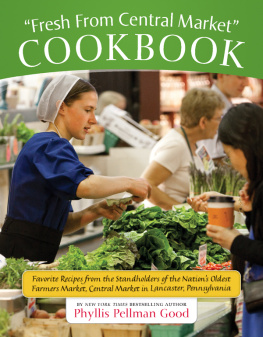
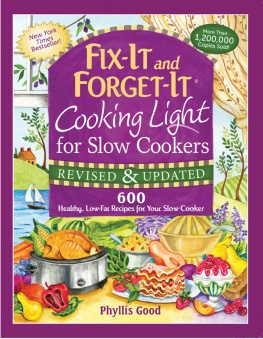

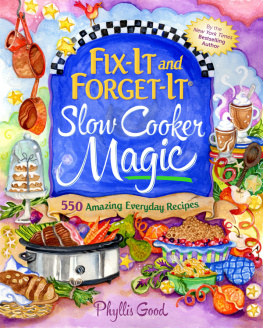



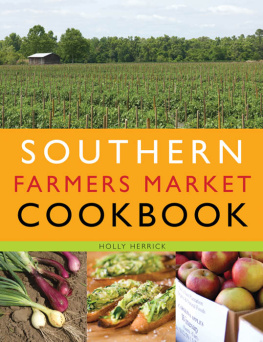
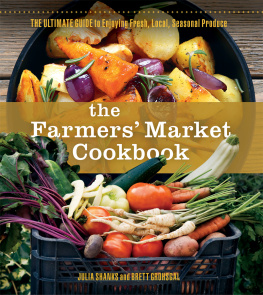
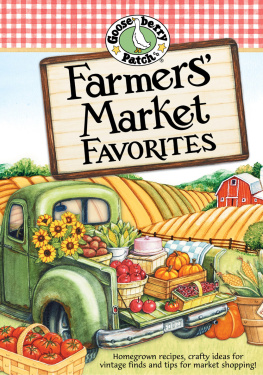
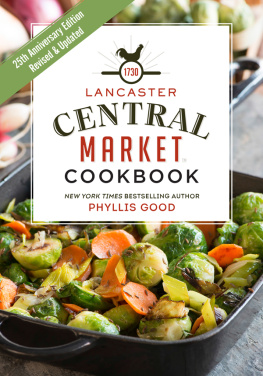
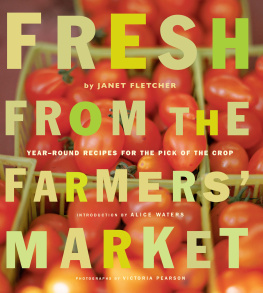
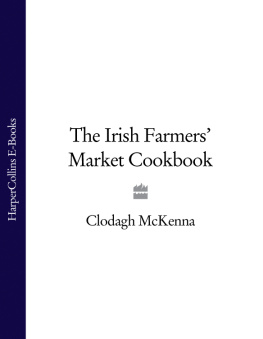



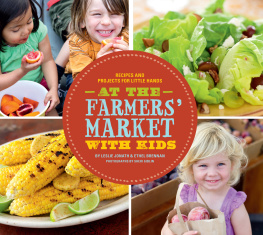

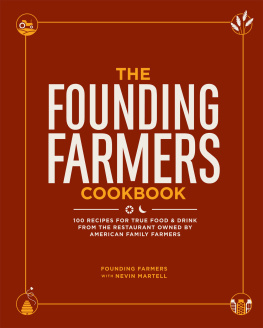


 Central Market Lancaster, Pennsylvania Lancasters Central Market becomes a vitally active place of commerce and friendship every Tuesday, Friday, and Saturday. Then, with dependable regularity, trucks, vans, and station wagons crowd the streets and alleys surrounding the Romanesque building. Before daybreak, Market standholders set upunpacking and displaying their wares that attract a steady stream of customers from far and near. It is a tradition for standholders and Market shoppers alikeOnce its in your blood, they say, you cant stay away.
Central Market Lancaster, Pennsylvania Lancasters Central Market becomes a vitally active place of commerce and friendship every Tuesday, Friday, and Saturday. Then, with dependable regularity, trucks, vans, and station wagons crowd the streets and alleys surrounding the Romanesque building. Before daybreak, Market standholders set upunpacking and displaying their wares that attract a steady stream of customers from far and near. It is a tradition for standholders and Market shoppers alikeOnce its in your blood, they say, you cant stay away.